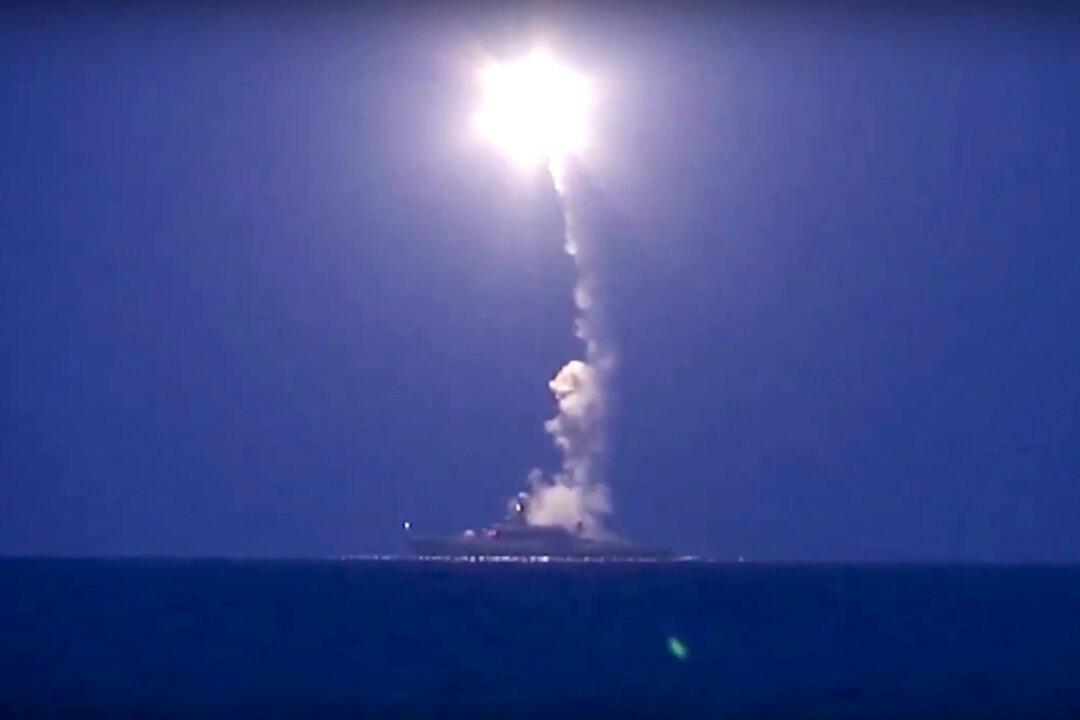Directed energy weapons are finally set to play a serious role on the battlefield.
The idea of the death ray was proposed as long ago as 1935. But inventors dismissed the idea after calculating it needed vast energy impossible to muster at the time. Their research instead spawned a different electromagnetic device: radar.





